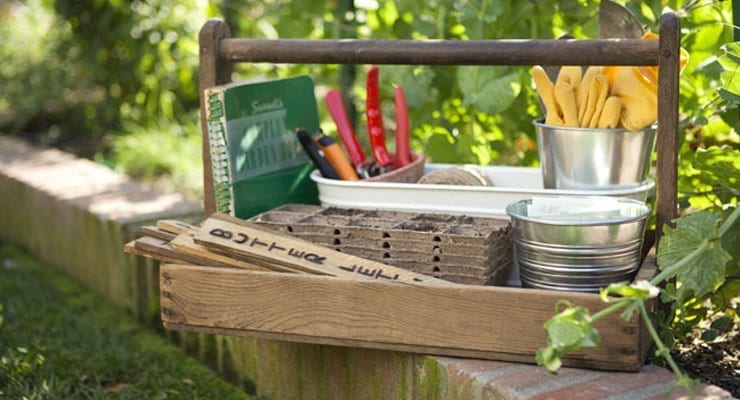Why do moms need data to convince ourselves that there are myriad good (and bad) ways to raise children?
After all, parenting is a quintessentially unique and personal undertaking. Every adult, even identical twin sisters, approaches motherhood differently. What I found in talking to hundreds of moms for my 2006 book Mommy Wars is that as long as we are not neglecting or abusing our children, all moms deserve to feel really good – proud, joyful, blissful – about how we choose to raise our children. No one, not even our own husbands or mothers, should tell us how to do it “right.”
Simply because there is no right way to mother.
Yet the judgment continues, with 41 percent of adults saying the recent U.S. increase in working mothers is bad for society, while just 22 percent say it is good, according to the Pew Research Center.
And so along with the judgments, the research continues.
Here is the latest word in the mommy wars about the impact a working mother has on children. (As an aside, I’m finding it hard to imagine scientists studying the impact on children of a working father – because an industrious, hard-working, able-bodied father is so obviously a good thing for a child, right?) Harvard Business School commissioned the exhaustive study, utilizing data from 50,000 adults in 25 countries.
The primary findings: contrary to anecdotal wisdom, conservative sound bites, and the surreptitious hopes of many stay-at-home moms, working mothers are good for both daughters and sons. In fact, daughters of working mothers complete more years of education and earn 23% more.
Sons of working mothers contribute more in terms of weekly childcare (7.5 hours) and housework (25 minutes!!!!)
It actually should come as no surprise that working moms, especially at lower income levels, are good for kids. The most important two factors in any kid’s life are safety, and meeting basic physiological needs such as food and shelter. These needs are first and second on Maslov’s famous hierarchy, and the economic solidity that comes with a working mom and her paycheck creates physical and psychological security for children.
Additionally, a 2010 meta-analysis of 69 studies over 50 years found overall that children whose mothers work when they are young have no major learning, behavior or social problems; they tend to be high achievers in school; they experience less depression and anxiety.
What’s surprising is that so many people seem to have trouble believing the research. Why is it so hard to loosen our grip on the idea that a mom at home with her children is automatically always best for kids? As a result of this tightly held bias, our political leaders face condemnation and controversy when tackling government policies and tax incentives designed to make affordable high quality childcare, all day prekindergarten, flexible work schedules, and parental leave a reality for all children and parents.
The biggest lesson from studying the mommy wars, for me, was simultaneously deeply personal, and counterintuitive: women don’t actually care much whether other moms work or stay home when their children are little. Of the 26 contributors to Mommy Wars, no one could write more than a paragraph about why working or staying at home damaged other women’s children. I never talked to a single mother who truly judged another woman as an inferior parent simply because she worked or stayed at home.
Judging other moms is actually not nearly as satisfying as the many media headlines and magazine covers lead us to believe. Instead, what every mom wants – craves, in fact — is to feel good about our own mothering style. This validation – simply being told you are a good mom — is what moms need most from families, politicians, and our society.
Unfortunately, affirmation doesn’t often spring from research or headlines. It comes from all of us ceasing to approach/inflame/judge motherhood as we would a highly competitive sport. Instead, we are all better off putting our energies into publicly applauding and supporting the committed, creative mothers we see every day at work, in public, and at home. Including ourselves.





